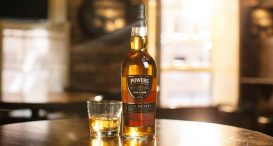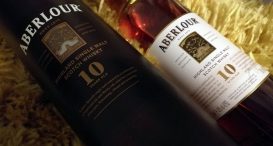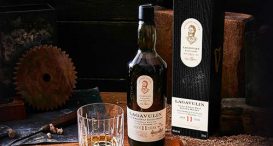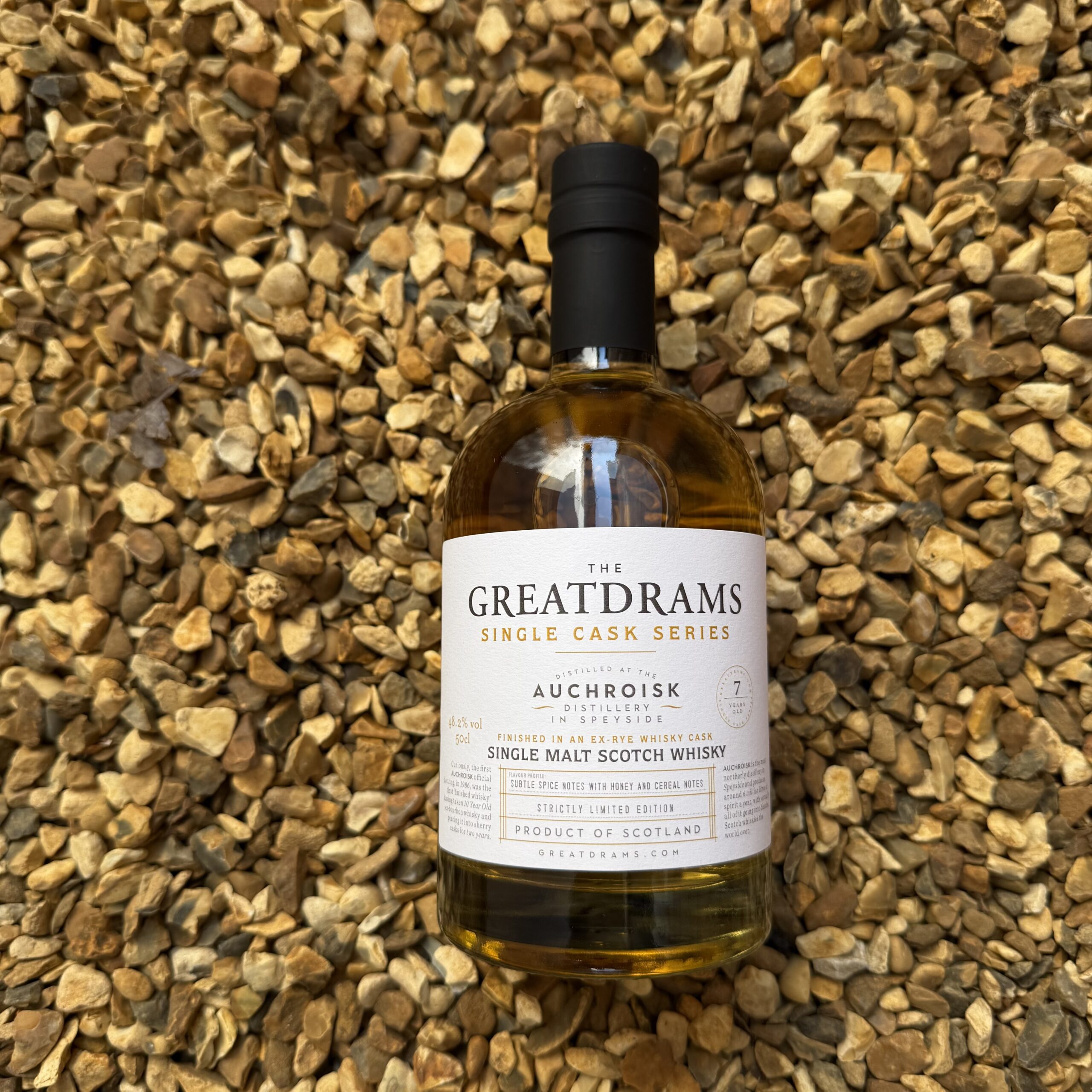Interview with Flóki CEO Haraldur Þorkelsson
let’s begin
Obvious one to start with, can you tell me where the distillery is now and where it has been to get there?
Eimverk Distillery is a family company, the family has for decades had a hobby interest in brewing and distilling, and in recent years seeing success and growth in barley production in Iceland we came to the obvious conclusion that a good Icelandic whiskey was needed.
We gradually moved our work from the kitchen, through garage and finally opened the distillery in early 2011 with recipe number 164 of Flóki in hand.
In addition to making Flóki whisky we now also make VOR Gin and Víti Icelandic Akvavit, both based on the same double distilled base as Flóki with added local herbs in the 3rd distillation. You can find out more about this at www.vorgin.is.
Today our distillery has a capacity of about 30k liters per year but we are expanding to 60 or 90k this year, due to demand.
We are today selling and bottling Vor Gin, Víti akaviti and Flóki Young malt; Flóki Single Malt will be bottled in 2016 and we will have sheep dung smoked young malt in November this year, followed by sheep dung smoked single malt in 2017.
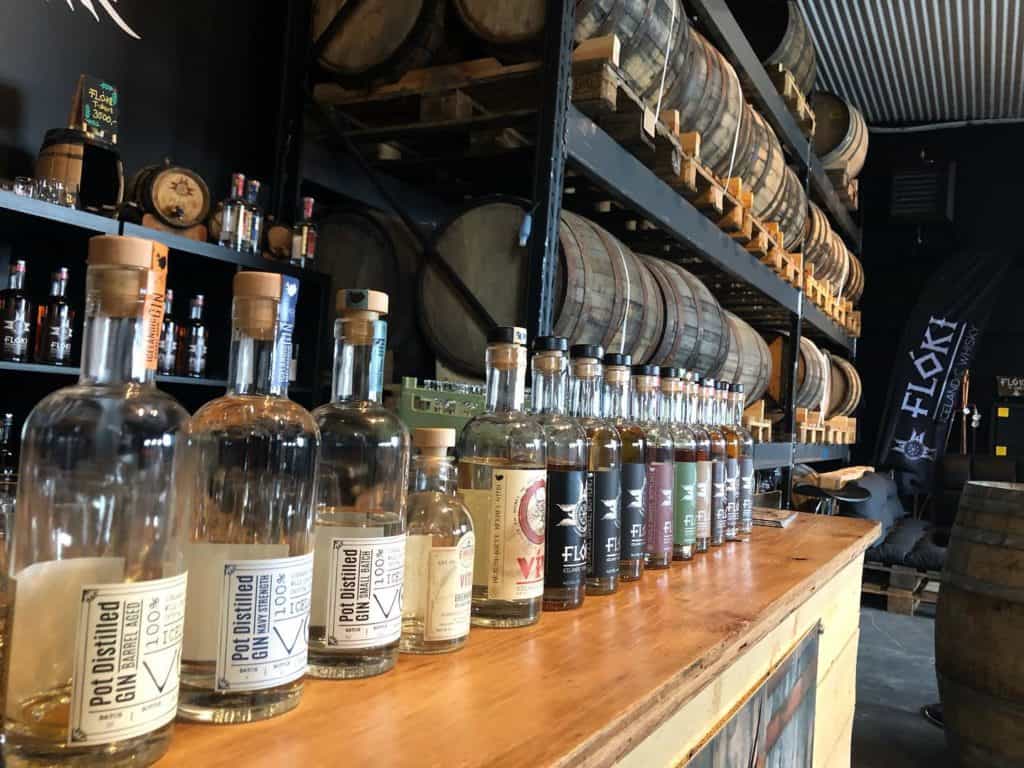
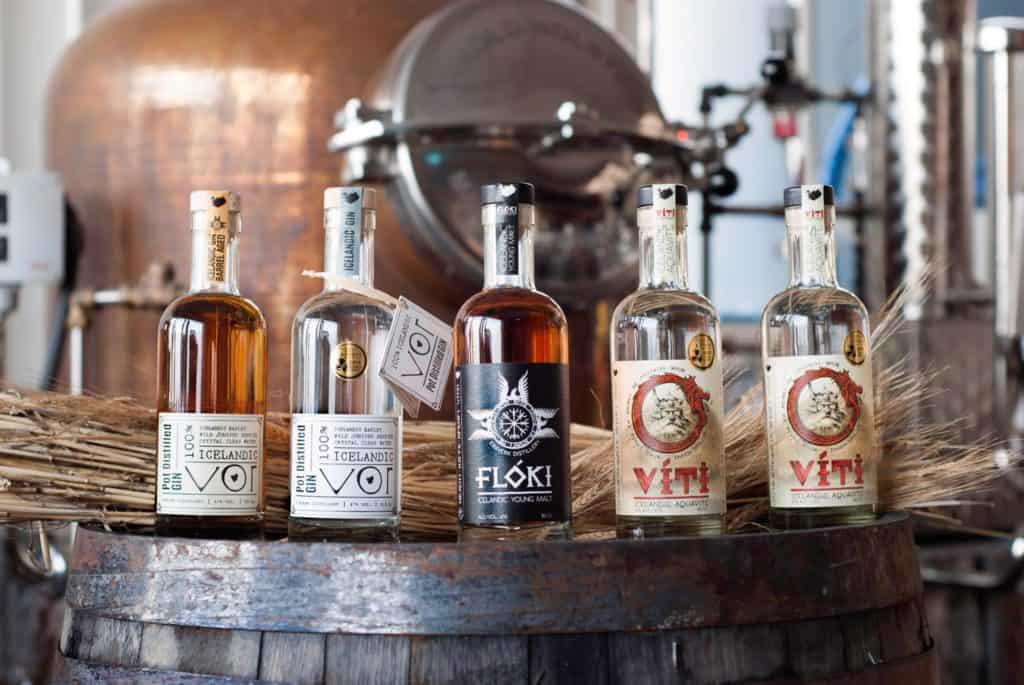
photos by Eimverk Distillery
Are there ambitions to talk about provenance and a purely locally created product?
Yes absolutely, we are a pure grain to glass producer of Icelandic spirits, we even grow ourselves, a large part of the barley and herbs we use. We are really focused on making a real Icelandic whiskey, not just another scotch.
How would you describe the Floki range you are going for? What makes it stand out from competitors?
The Icelandic barley is grown at the Arctic Circle, as such we need hardy grain variants that tolerate the short cold summers; this results in lower starch content and we need to use 50% barley per bottle, giving on the other hand a strong spicy undertone from the barley.
We further emphasise this in our production by not removing the grain; we ferment with grain in and distill from it in our first distillation.
Flóki has 4 basic ranges, first we have our standard range from malted Icelandic barley and then our sheep dung smoked reserve.
Using peat for smoking/drying has an environmental impact and peat as such is in short supply. However we have a long tradition for smoking food with sheep dung and plenty of sheep dung to spare!
Each of those ranges then has two main variants, our young malt, stored on new American oak for 1 year or more and our single malt, stored on used barrels for 3 years or more (used by our young malt).
This way we are playing with two things; on one hand the practical issue of getting a controlled supply of good used barrels, those are hard to find, and then also we find our whisky works very well in this new oak shorter aging style. We are also located in the middle of the Atlantic with influences from both sides and it makes sense for us to borrow from both European and American styles.
This will then obviously be followed in the future with special editions, double cask variants (we are thinking about trying local birch, it tones well with the sheep dung).
And then there are our sidekicks, VOR Gin and Víti Akvavit.
How important is packaging in consumers’ decision making? What has led you to the design you currently have?
We believe it’s key, for Floki we play with our history, signs and symbolism, Floki is named after HrafnaFlóki the Nordic explorer who made the first attempt to settling in Iceland in the year 874 AD; he found it miserable and left after one year, naming the island Iceland.
The theme of Floki is therefore based on Nordic Viking explorers; the sign you see in the middle of the logo is the rune compass; the 3 ravens around it are the 3 ravens Hrafna Floki used for navigation and to find land, and around the circle you have in runes an old saying that goes something like
“Every road from home is also the road home”. On the side is another saying “the drop hollows the stone”.
We picked a simple bottle and did the label in simple black and white to convey a sharp Icelandic handcrafted feel.
What are the biggest challenges you’re facing at the minute in getting your message out?
Getting the message out is going well, our current challenge is keeping up with demand, there clearly is an interest for something new and something Icelandic in this market.
Finally, aside from your own, what would be your top three whiskies? Does it differ by occasion?
Yes, it does differ by occasion, after work-casual will often be a decent (or cheap) bourbon. Right now I’m writing this with a glass of Bulleit Bourbon I grabbed on our last trip.
On a good night a nice smoky Islay, preferably Laphroaig.
Then as a group we collect and enjoy trying world whiskies; the latest and the one we are playing with now is Finch, a German single malt, which is very nice sweet and smooth.



